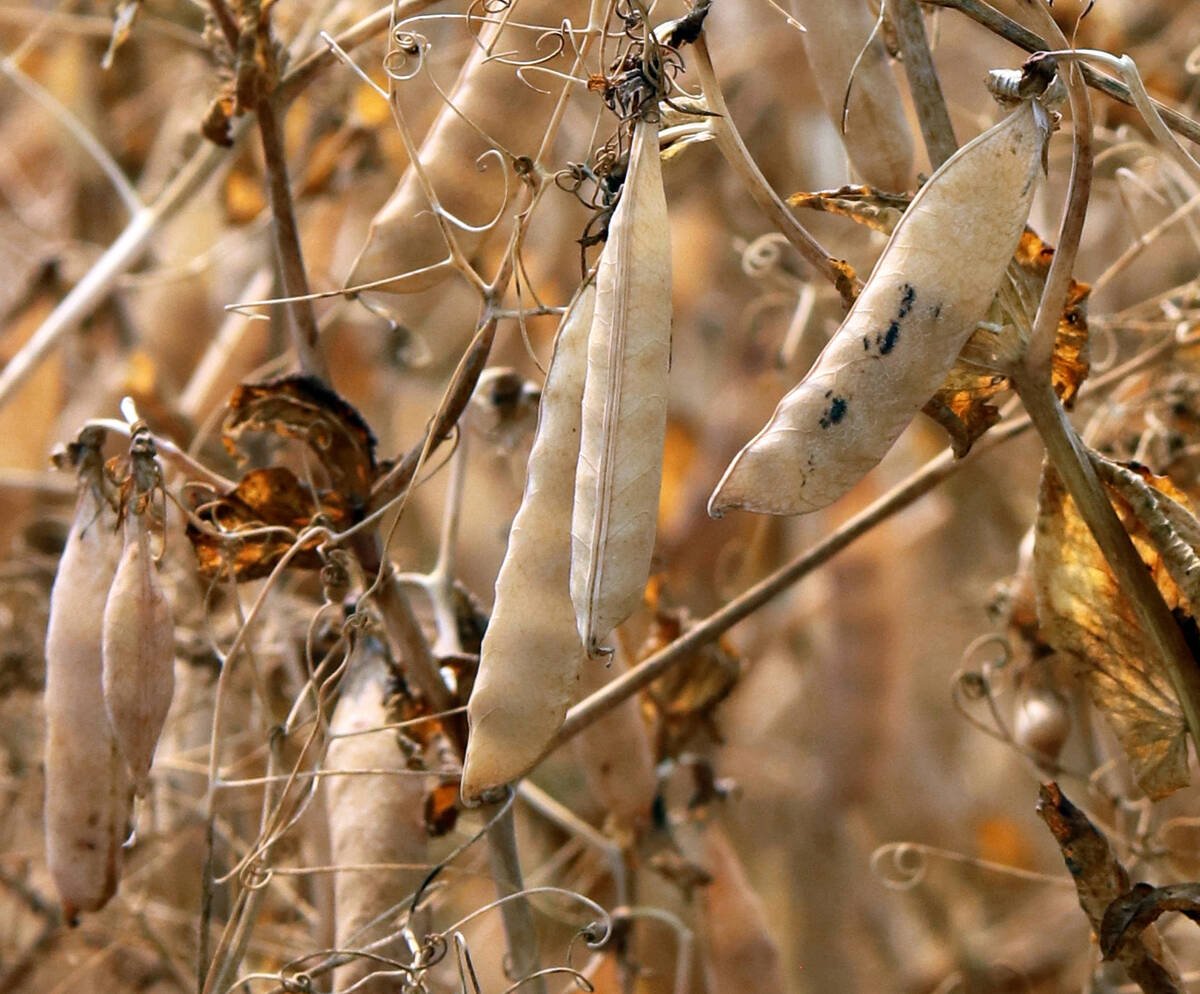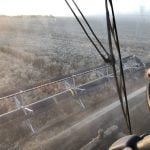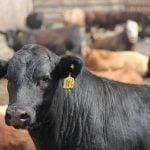Matching the stocking rate to the capacity of the pasture requires a seasonal approach, says a grazing expert
Most pastures in North America are producing only one-quarter to half of their potential, says a grazing management expert.
“Those that are producing at higher levels are often not doing so profitably because the operators have tried to substitute purchased inputs for sound management,” Jim Gerrish told the Western Beef Development Centre’s annual summer field day at the Termuende Research Ranch near Lanigan, Sask., June 23.
This year’s event drew about 220 participants, which organizers said was a record.
Gerrish, who operates American Grazing Lands Services near May, Idaho, said there are four key points to consider for successful and productive pasture management: carrying capacity, stock density, residual and intake.
Read Also

Trump’s tariffs take their toll on U.S. producers
U.S. farmers say Trump’s tariffs have been devastating for growers in that country.
He said understanding the interrelationship among them is what really matters in grazing management.
“Whether your pastureland is irrigated or public land grazing, the basic principles, the basic plant, animal and soil interaction, is the same,” he said.
“Things just happen really fast under irrigation or really slowly out on the desert range, but the basic relationships are the same.”
He said a good starting point is to match stocking rates to the carrying capacity of the land.
“The definition that we use for carrying capacity is the stocking rate that provides a target level of performance while maintaining the integrity of the resource base,” he said.
Stocking rates vary seasonally, he added, and producers should think in terms of a flexible stocking rate and use high stock density as a management tool.
“(It’s) bringing in additional livestock to harvest some of the excess forage during the peak times and reducing the numbers over the winter to more manageable numbers,” he said.
“Trying to carry a fixed number of animals year-around almost always leads to degraded pastures and disappointing animal performance.”
Gerrish refers to stocking rate as the pounds of live animals assigned to the grazing unit on a seasonal basis.
“Target level of performance is measured by the producer’s net income per acre,” he said. “Depending on the environment, the producer is going to set it anywhere between $20 per acre and $1,000 per acre.”
He said it doesn’t matter if a calf weighs 400 lb. or 650 lb. because it has virtually nothing to do with profitability.
“My bottom line is, what is that acre returning to me?” he said.
It’s also important to use stock density as a management tool. He said virtually all negative aspects of grazing are related to animals that are grazing over extended durations of time on the same pasture at low stock density.
“Some people have the idea that, spread animals out over the entire place during a drought and they’ll herd (roam over) it less. They are exactly wrong,” he said.
“They are diametrically incorrect because every time a little sprig of grass tries to come up in a drought, if animals are there to bite it off, you’ve lost any potential for that growth to come when you actually have some rain.”
He said it’s producers’ most powerful tool because they can shape the plant community and accelerate and stimulate the nutrient cycle and biological life in the soil.
“It’s the easiest way that farmers and ranchers can really expand the productivity of their land,” he said.
Gerrish said many producers misunderstand the residual aspect of grazing management. They need to think about feeding the grass, the soil and then the livestock.
“If you only see pasture as feeding the livestock, you will most likely be stuck in the rut of low pasture production and an ongoing need for supplementation, or feeding stored forages even during the growing season.”
Gerrish said the amount of post-grazing residual in a pasture is significant on several levels because it affects just about everything in the entire pasture ecosystem.
“For example, on average the difference between grazing a pasture down to just four to six inches compared to grazing it down to two inches can easily be a 60 percent increase in productivity by just leaving a little bit more grass out there.”
Intake, which is closely linked to residual, involves the factors that affect how much animals consume. Generally speaking, the higher the intake, the healthier the cow, steer and calf.
“If you graze too severely, intake will go down, so the pasture, the soil, the livestock and your bottom line all suffer,” he said.
That’s because many producers wrestle with the fear of wasting grass.
“The fear of wasting grass has done more to degrade ranchland and pastures all across the world than anything else…. When you bite that grass severely, it costs you big time,” he said. “Don’t be afraid to waste grass because really it’s not. It’s just building your future.”
- Precipitation expected growth potential yields
- (inches per year) (lb./inch of water) (lb./acre per year)
- 10” – 15” 100 – 150 1,000 – 2,250
- 20” – 25” 250 – 300 5,000 – 7,500
- 30” – 35” 350 – 400 10,500 – 14,000
- More than 40” yields begin to decline















